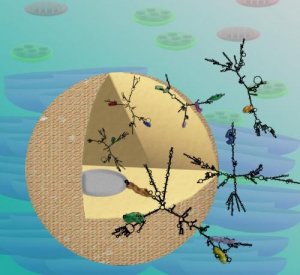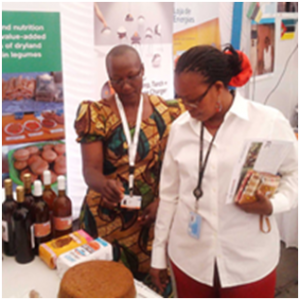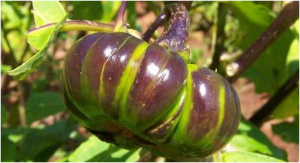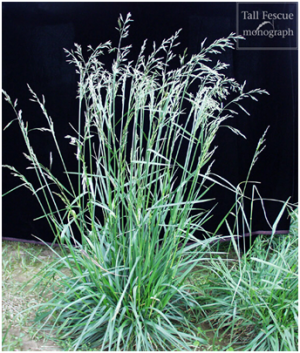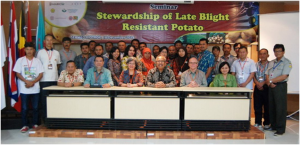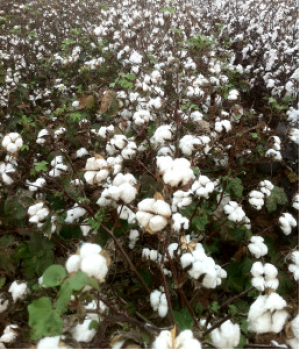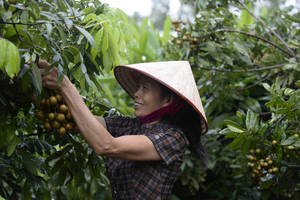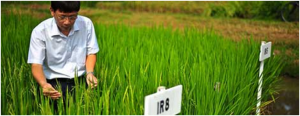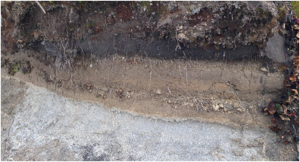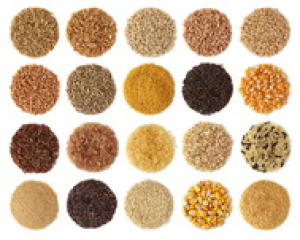|
From Plant to Crop: The Past, Present, and Future of Plant Breeding
Friday, 2016/05/06 | 11:50:48
|
|
The new VIB Fact Series issue, From Plant to Crop: The Past, Present and Future of Plant Breeding, outlines how the crops we know today were developed via diverse plant breeding techniques. Special attention is given to the New Breeding Technologies (NBT).
Whenever plant biotechnology pops up in conversation, it is usually as part of a debate on GM crops. Nevertheless, selective genetic modification of crops with the use of GM technology is only one of the many possibilities we have to make plants respond better to our needs. This VIB Fact series issue outlines how the crops we know today have evolved from nature, with particular emphasis on the role humans have played.
Since agriculture began around 10,000 years ago, humans have adapted plants to suit their purposes. We selected plants and crossed them so that they slowly but surely become more adapted to our requirements. And with the rise of new plant breeding technologies, a debate started concerning their need, potential risks and technical aspects of how to create the appropriate legislation. In the wake of the GM debate, certain new breeding techniques—which are often referred to with the abbreviation NBTs (New Breeding Technologies)—are coming under increased scrutiny, especially from a regulatory standpoint. This VIB Fact series issue explains how these techniques work, how they differ from generally accepted methods, and what advantages they have over traditional breeding techniques.
Read more from VIB. |
|
|
|
[ Other News ]___________________________________________________
|


 Curently online :
Curently online :
 Total visitors :
Total visitors :
